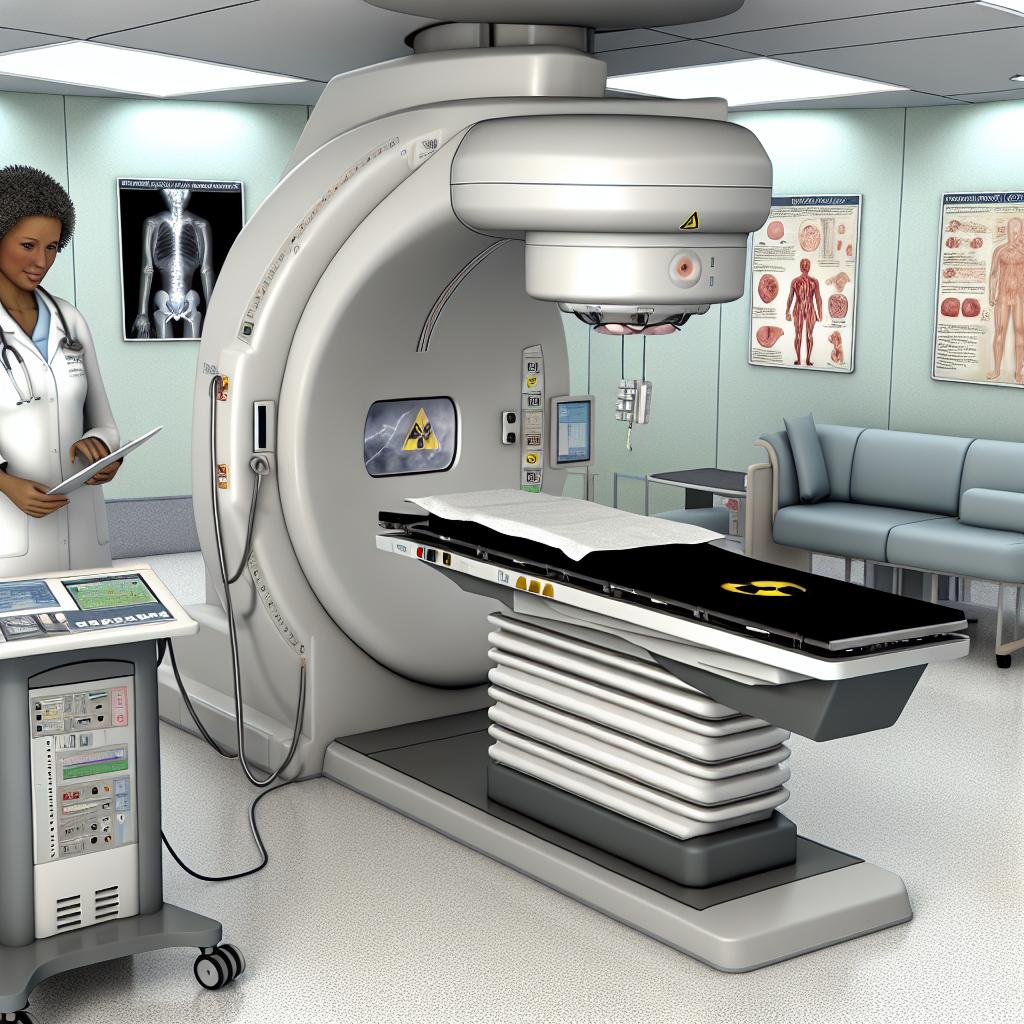Understanding Radiation Therapy
Radiation therapy is a vital component in the treatment arsenal against cancer and other medical conditions that involve atypical cellular growth. Employing high-energy radiation, this therapeutic modality aims to eliminate cancer cells or reduce the size of tumors. By concentrating on precise areas within the body, radiation therapy endeavors to minimize the impact on surrounding healthy tissues. Two primary methods exist for delivering this treatment: externally, known as external beam radiation, and internally, referred to as brachytherapy. The choice of method largely depends on the cancer type and its anatomical location.
How Radiation Therapy Works
Radiation therapy operates on the principle of inducing damage to the DNA within cancer cells, thus obstructing their ability to proliferate and expand. While it’s true that nearby healthy cells can also be subject to radiation, they possess a generally superior capacity for self-repair compared to their cancerous counterparts. The treatment regimen is usually distributed over a series of weeks, a strategy that provides adequate time for healthy cells to recuperate between sessions and enhances overall treatment efficacy.
Preparing for Radiation Therapy
Embarking on radiation therapy involves several preparatory steps to ensure the maximum precision and effectiveness of the treatment. One crucial step is the planning session, known as simulation. During this session, medical professionals work meticulously to identify the exact bodily area that will be subjected to radiation. To aid in this precision, small marks may be placed on your skin. Imaging tests, such as CT or MRI scans, are often employed to further refine the treatment planning.
Consultation: Before commencing with the therapy, there is an important consultation phase where you will engage with a radiation oncologist. During this meeting, the complete treatment plan is discussed, and it serves as an opportunity to address any questions or concerns you might have. Maintaining open communication with your healthcare team is essential, as it ensures you receive instructions specifically tailored to your individual health requirements.
What to Bring to Appointments
When attending your radiation therapy appointments, it’s advisable to dress in comfortable attire. Given that each session can range from 15 minutes to an hour, bringing along an item to pass the time—such as a book or music—can be beneficial. Additionally, it’s prudent to have a current list of medications and contact details for your other healthcare providers readily available at these appointments.
During the Treatment
Each session of radiation therapy requires careful positioning on a treatment table to maintain consistency across treatments. This consistency is crucial for targeting the same anatomical location accurately each time. Although the therapist will exit the room during the actual radiation delivery, rest assured that they will maintain full visual and auditory communication with you throughout the process. Remarkably, the treatment itself is painless, and you will not perceive the radiation as it is administered.
After Radiation Therapy
The completion of radiation therapy marks the beginning of a new phase—ongoing monitoring. Follow-up appointments play a critical role in assessing your response to the treatment and managing any side effects that may arise. Common side effects could include fatigue, skin irritation, or fluctuations in appetite. It remains important to communicate any such side effects to your healthcare team promptly, as they can assist in managing them with appropriate interventions or supportive care.
For those seeking additional information on radiation therapy, trusted resources are available. The American Cancer Society and the National Cancer Institute offer comprehensive information and resources that can enhance your understanding and provide support throughout your treatment journey.
In conclusion, radiation therapy is an intricate yet powerful treatment option that involves the orchestrated use of high-energy radiation to target and eliminate cancer cells. The entire process, from preparation to follow-up, is designed to maximize the therapeutic benefits while minimizing adverse effects on healthy tissues. Collaborating with a dedicated healthcare team ensures that each phase of your treatment is tailored to meet your individual health needs, thereby optimizing the chances of a successful outcome.
This article was last updated on: July 15, 2025

